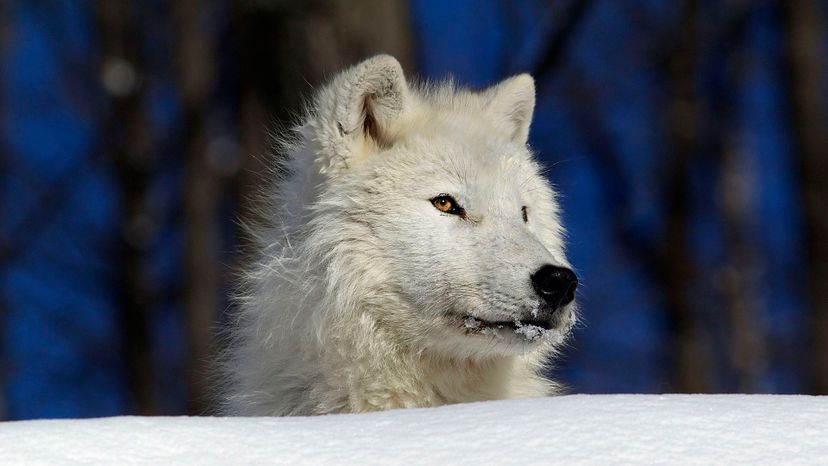
About This Quiz
Despite its reputation for harsh, snowy winters, Canada is one of the most bio-diverse countries in the world. With habitats that range from frozen tundra to dry, dusty plains to rich and vibrant forests, there’s a lot of room for a lot of life there. In fact, Canada is home to over 500 species of birds, dozens of snake and turtle species and approximately 200 different species of mammals.
While some of the diverse wildlife in Canada is pretty harmless, ranging from things like squirrels to rabbits, there are a number of deadly predators as well. Lucky for Canada then that it has so much open space to ensure that the people of Toronto rarely have to worry about waking up to a mountain lion or a polar bear on the lawns.
With an area that is only dwarfed by Russia anywhere else on the globe, Canada is able to support nearly every kind of wildlife you could imagine, some of which roams all across North America and some of which you’ll not find anywhere else on Earth. So how well do you think you know the beasts of the Canadian wilds? No doubt a few will be familiar right off the bat, but it takes a real expert to identify them all. Take the quiz and see just how many of these Canadian mammals you really know.
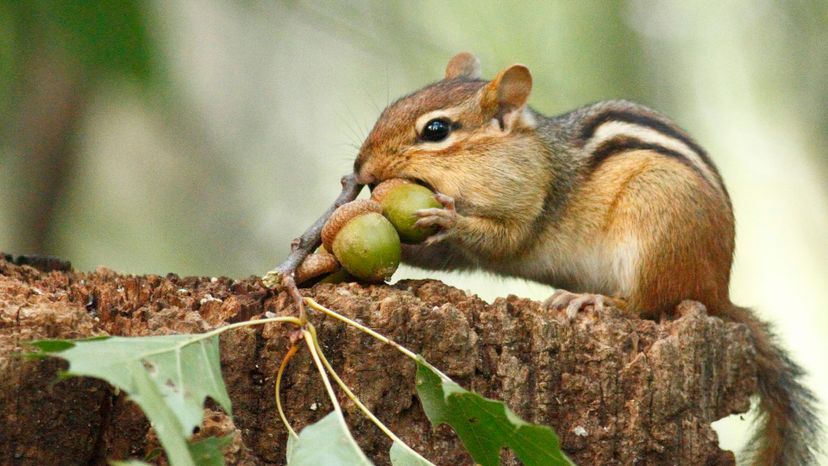
The Eastern chipmunk mostly survives on nuts, seeds, berries and mushrooms. They will also eat small bird eggs and insects however and even mice. The cheeks of the chipmunk can expand dramatically to allow it to carry quite a bit of food at one time.
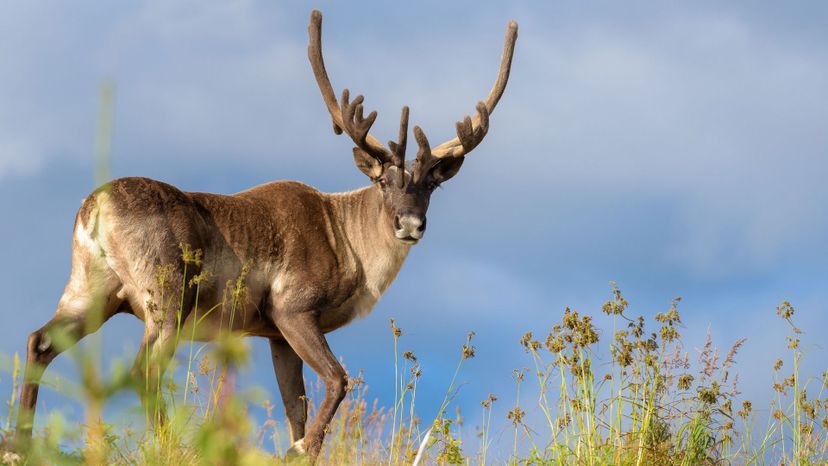
The caribou is an animal well-suited to cold climates and can be found in Canada’s Arctic and tundra regions. Native peoples from Canada’s North have relied on herding and hunting caribou for hundreds of years to sustain themselves.

The moose is native to many Northern parts of Canada and is a formidable creature. A full-grown male moose can stand nearly 7 feet tall at the shoulder and weigh over 1,500lbs.
Advertisement
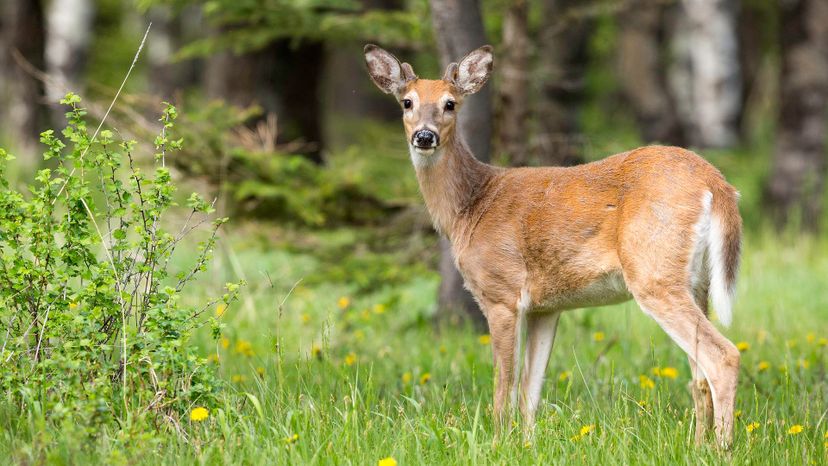
White-tailed deer are native to both North and South America and have been introduced to many other parts of the world as well. The deer are crepuscular, which means they tend to be most active around either dawn or dusk.
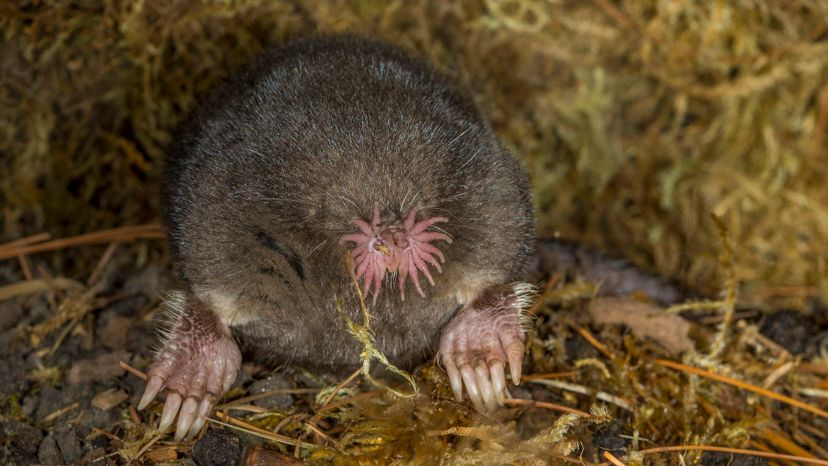
The star-nosed mole has actually been a very valuable resource for understanding the human brain. Neuroscientists have studied the way the mole’s unusual nose helps it sense the world around it much more efficiently than the eyes of most animals. An example of this is how the mole eats food; it’s able to determine if something is edible in less than two-tenths of a second thanks to its amazing nose.
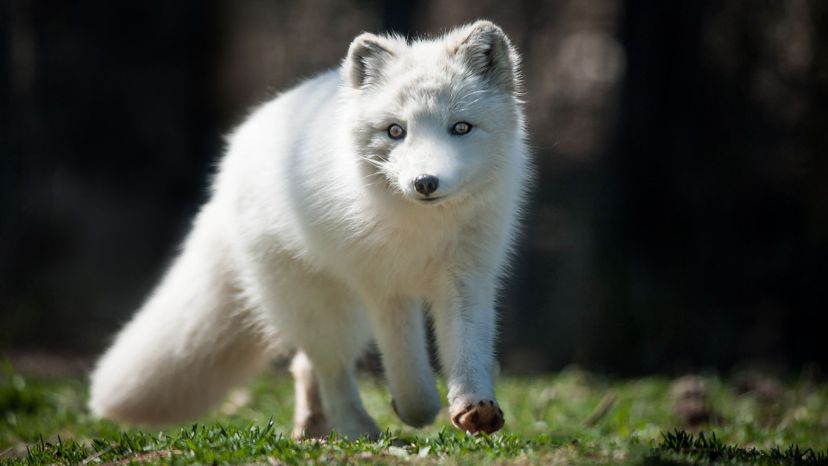
The Arctic fox is known for its brilliant white coat that helps it camouflage into the snowy north. Unlike some animals, Arctic foxes form families and the mother and father will stay together in a den during the breeding season to raise their young.
Advertisement
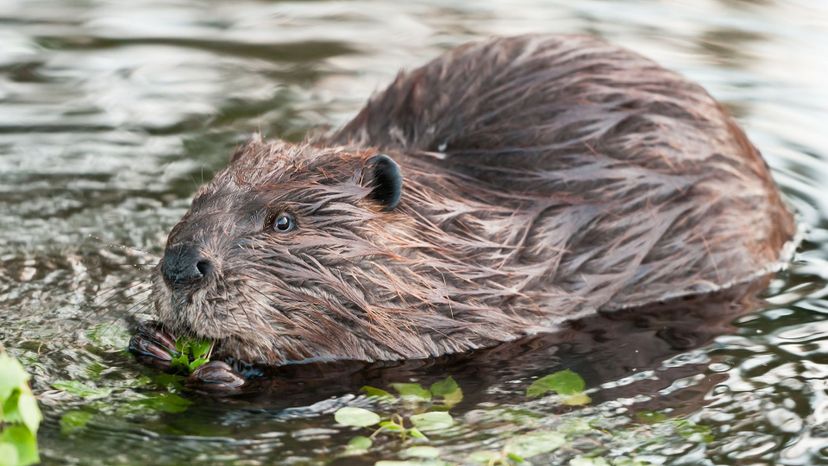
The North American beaver is an industrious little creature that was widely trapped by early European settlers due to the value of their pelts. Hundreds of thousands were killed each year, and the animal nearly went extinct in North America as a result.
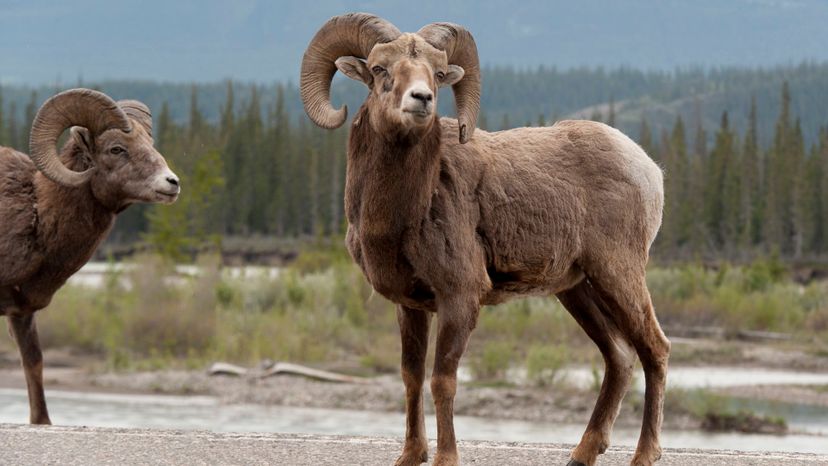
Bighorn sheep can be found in and around the Canadian Rockies. The curved horns on the top of their heads are used especially during the mating season, when competing males will butt heads to challenge one another. You can tell how old a bighorn is by counting rings present on its horns.
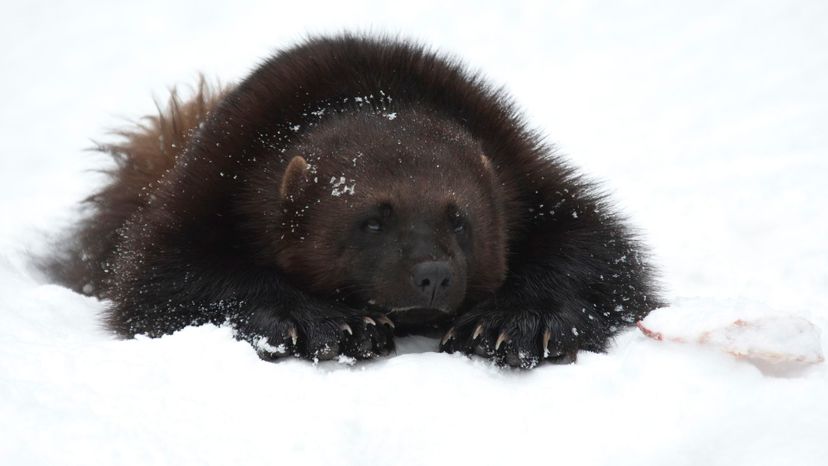
The wolverine has a reputation as a fierce predator, but it’s also something you want to avoid because of the smell. Sometimes called a skunk bear, wolverines possess extremely potent scent glands that they will spray to mark territory or even food that they want to eat later. In a pinch, they can spray it as a defense as well.
Advertisement
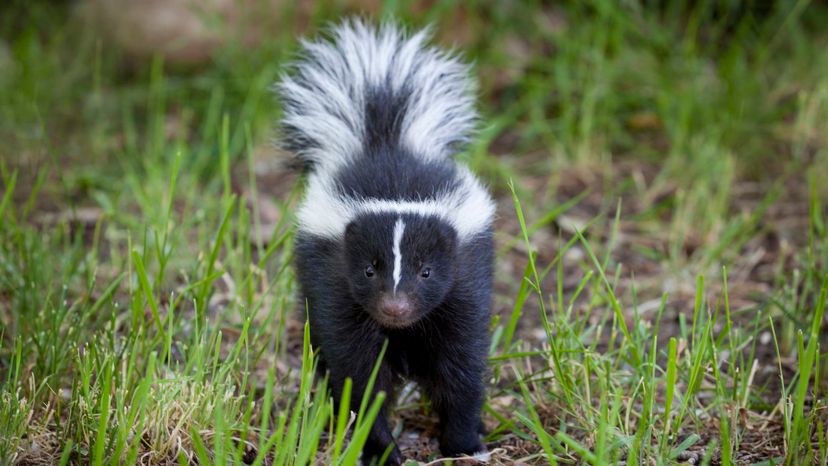
Like raccoons, skunks have adapted fairly well to living in and among humans. The striped skunk does so well that it can be found throughout Canada, the United States and into Mexico. Because skunks are omnivores and can eat anything, they fit in well in cities and towns where they can even eat trash.
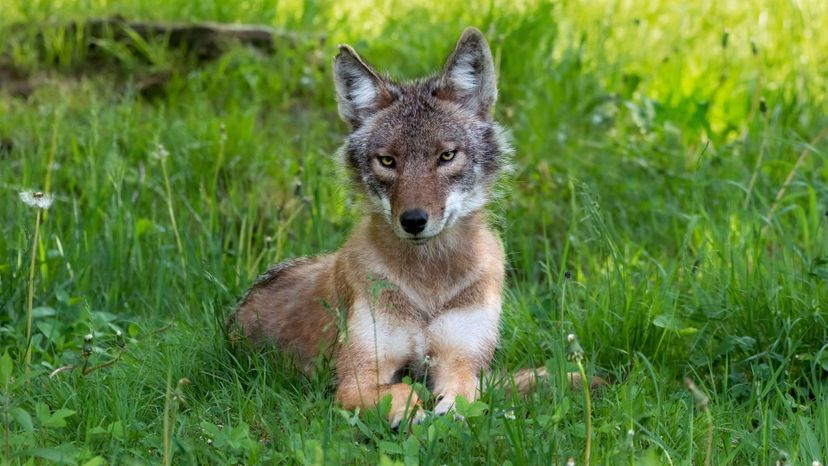
Coyotes are about the size of a medium dog and are famous for their howl and also for being crafty hunters. Coyotes are typically found in all kinds of different habitats and have even been spotted in major cities like Los Angeles.
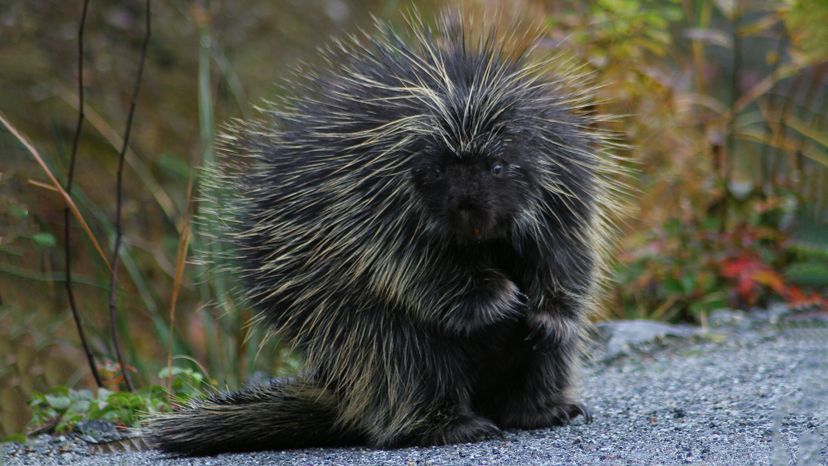
The North American porcupine is a large rodent that is covered with around 30,000 extremely pointy quills. Contrary to popular belief, the quills can’t be shot at predators. That said, an animal that attacks a porcupine will very likely end up with many quills painfully embedded in whatever part made contact with the porcupine.
Advertisement
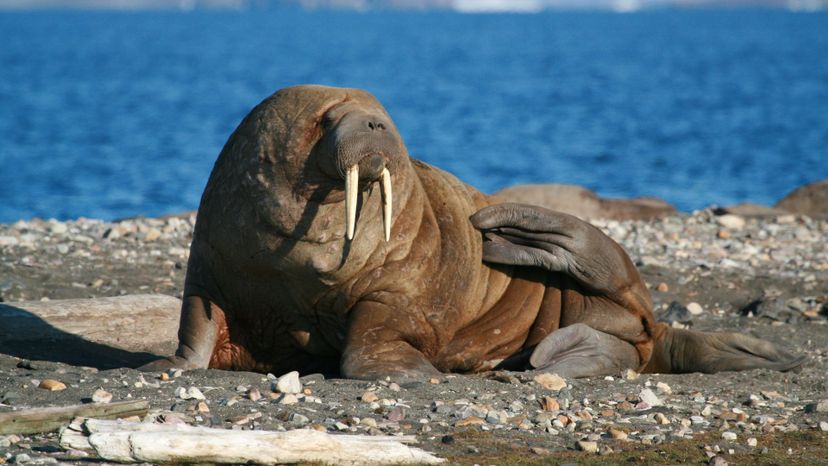
The walrus is an aquatic mammal that can grow to be over 4,000 lbs, though most are typically smaller. The tusks are actually teeth that the walrus can use for a number of tasks ranging from breaking through ice to helping them pull themselves out of the water to fighting with other walruses.
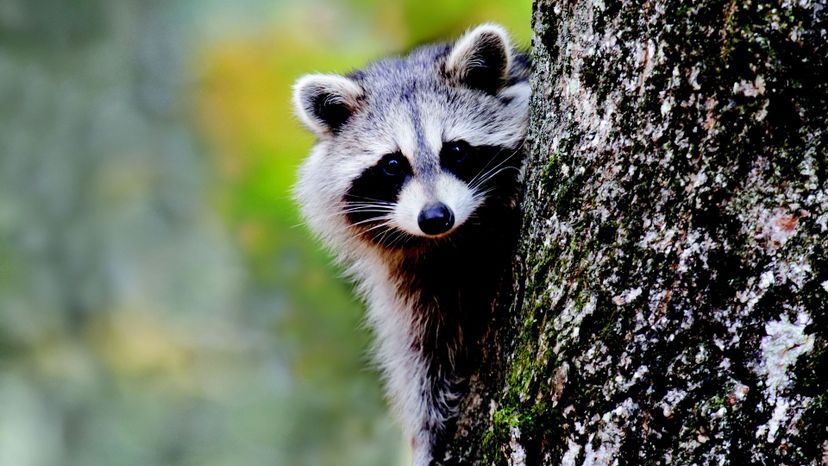
Raccoons are one of the few animals that adapt well to living in urban areas and are known to make a nuisance of themselves by getting into people’s trash. Raccoons are also surprisingly intelligent creatures, and tests have shown that they’re skilled at not just problem solving but remembering the solutions to problems long after they learned them.
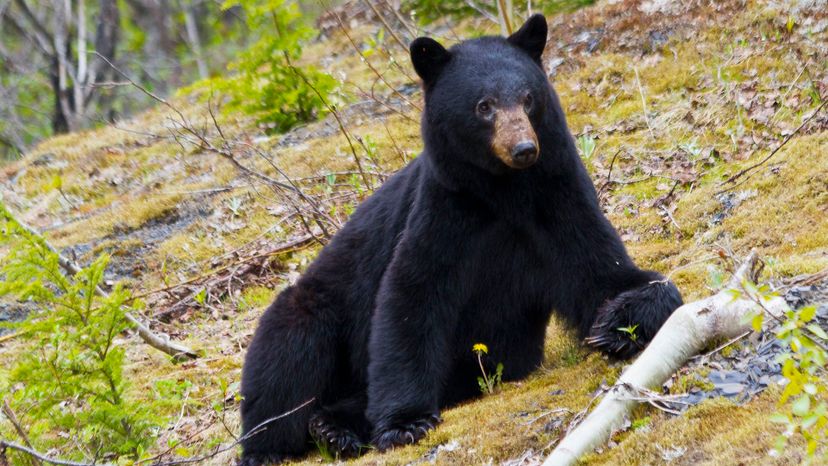
The black bear is the smallest of the three species of bear found in Canada after the polar bear and the grizzly bear. As scary as a bear may seem, these guys mostly only eat vegetation though they will eat meat if it’s available or the situation is desperate.
Advertisement
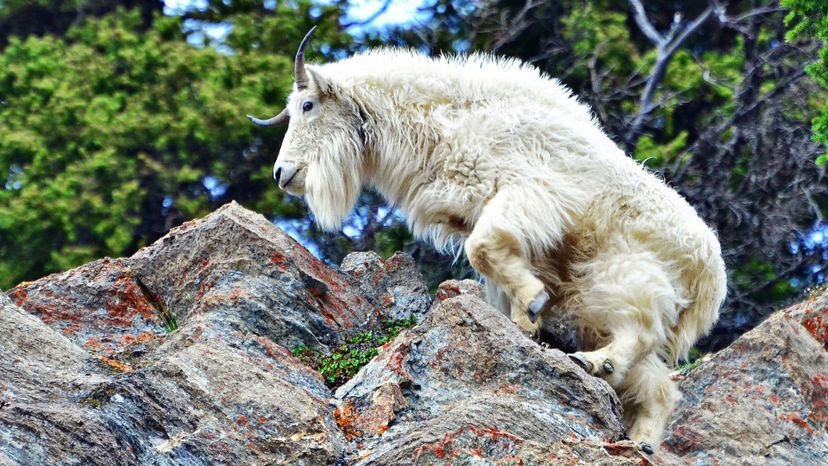
Mountain goats are remarkably adept climbers, a skill that is able to help protect them from predators that simply can’t follow them into some of the precarious places to which they can climb. Their fur enables them to handle the harsh weather of Canadian mountain peaks when it gets as low as -50 degrees.
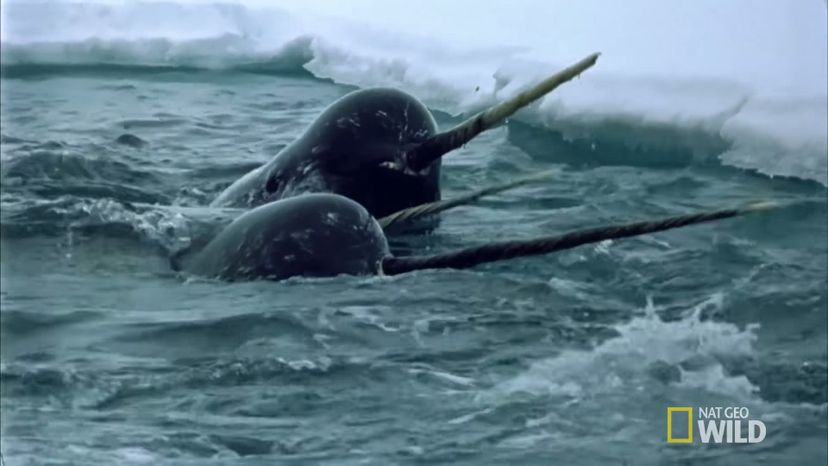
Narwhals can be found in the Arctic Ocean and even in around Hudson Bay in Canada. Their most distinctive feature is the long tusk which can grow to nearly 10 feet in length and is actually a tooth that grows out in a spiral pattern, pushing through the whale’s lip.
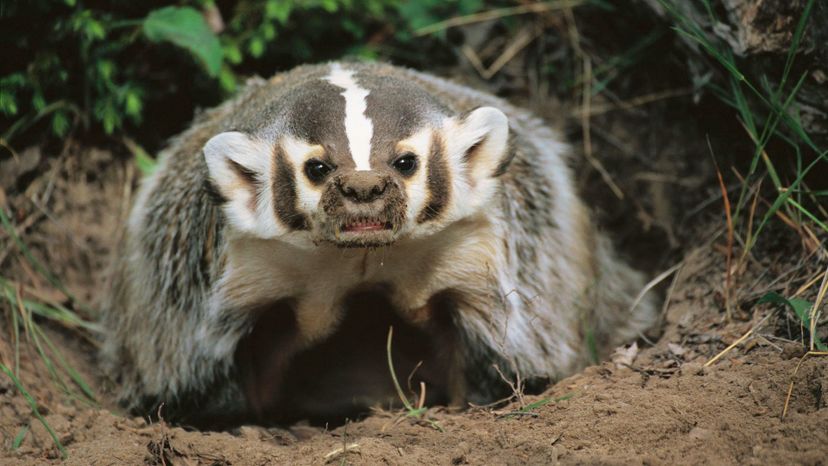
American badgers are mostly found in open plains areas and are known for being excellent diggers. They’re so good at digging that their dens can be as deep as 10 feet below the ground and may include upward of 30 feet of tunnels.
Advertisement
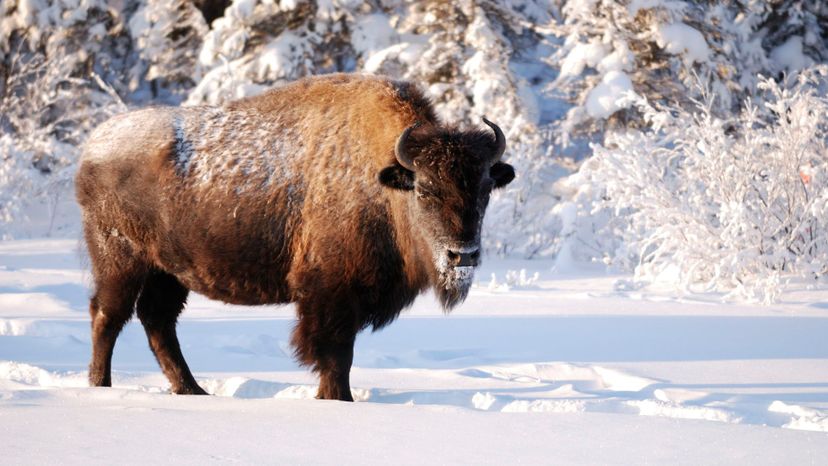
The wood bison is one of two bison species that are native to North America, along with the plains bison. Today there is a small commercial farming industry that raises bison for meat in Canada and has around 120,000 animals.
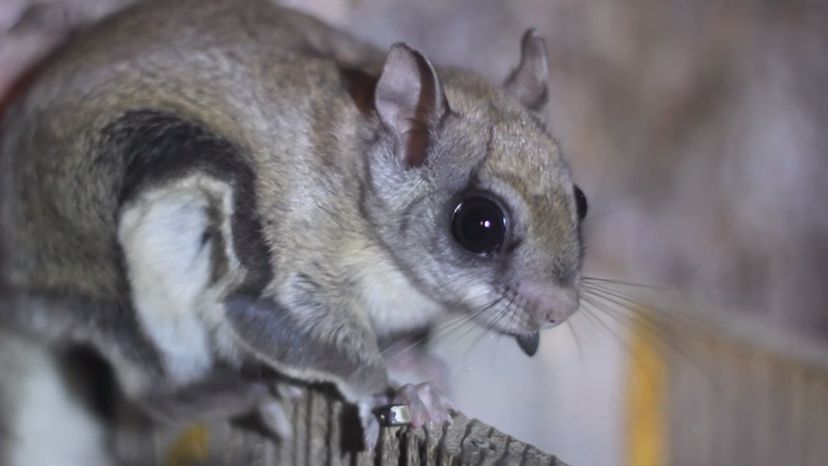
Northern flying squirrels are small animals that are around a foot in length. Furry membranes stretched between their wrists and ankles allow them to glide when they jump, sort of like parasailing. They can maneuver while they’re gliding by moving the membrane and using their tail with enough accuracy to make a complete 180-degree turn if they need to.
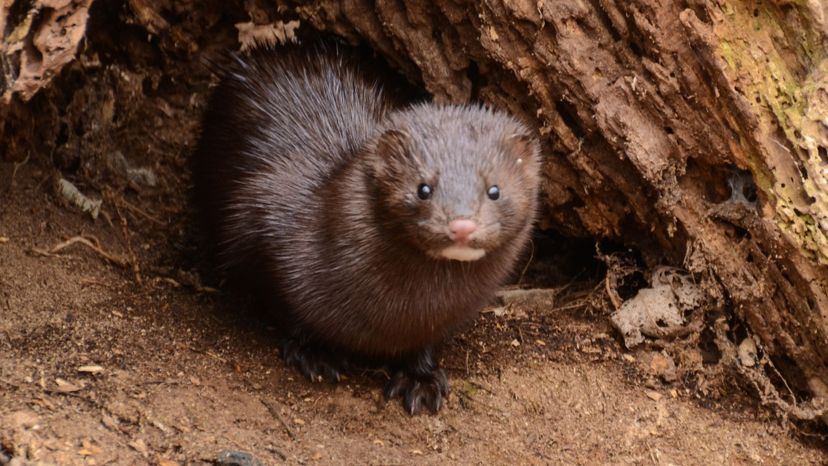
Mink have been farmed for their fur which is prized for its softness. Around the world, there were nearly 90 million mink pelts sold at auction in the 2013/2014 season alone.
Advertisement
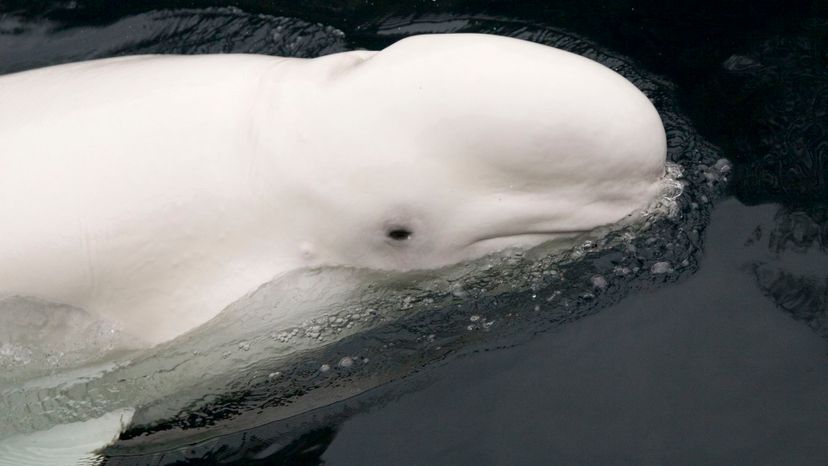
Beluga whales look a bit like a dolphin with a smushed-in face and very white skin. Unlike other whales and dolphins, belugas are able to move their heads up and down as well as side-to-side since they don’t have fused cervical vertebrae.
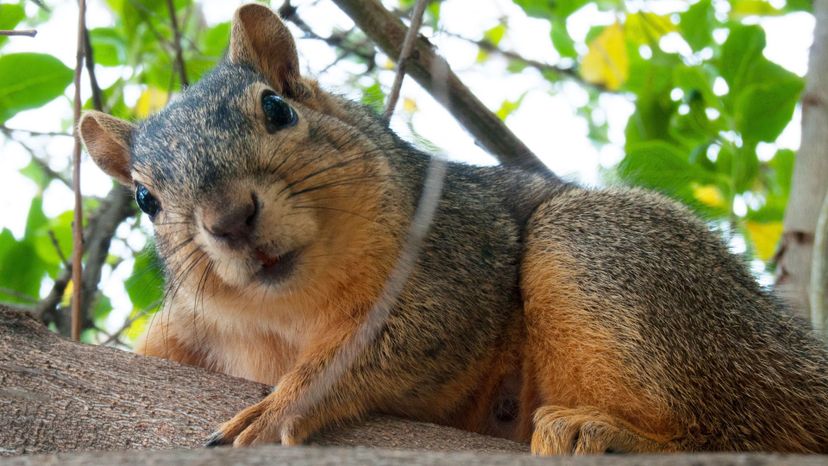
Eastern fox squirrels are often mistaken for other species of squirrels due to the fact they can come in a wide variety of colors including reddish brown, gray and even black. They’re able to make quick escapes down trees thanks to their unusual ankle joints which can rotate 180 degrees, allowing them to run straight down trees face first.
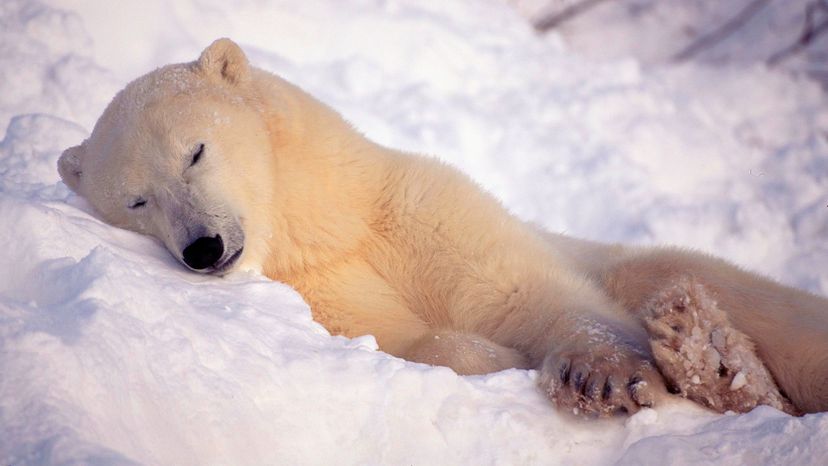
The polar bear is the largest land carnivore in the world, with only the Kodiak bear of Alaska coming close to its size. A full-grown polar bear can weigh as much as 1,500 lbs and be nearly 10 feet in length.
Advertisement
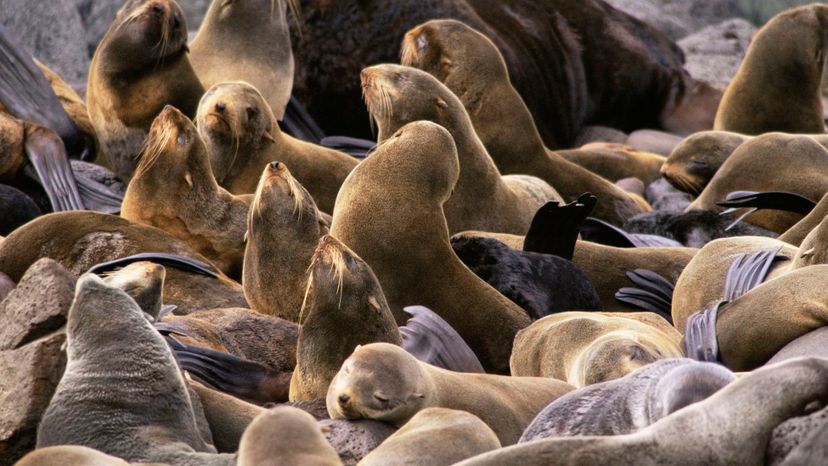
Northern fur seals are covered in an extremely dense fur - over 46,000 hairs per square centimeter. Males of the species are much larger than the females, in some cases over 4 times the size.
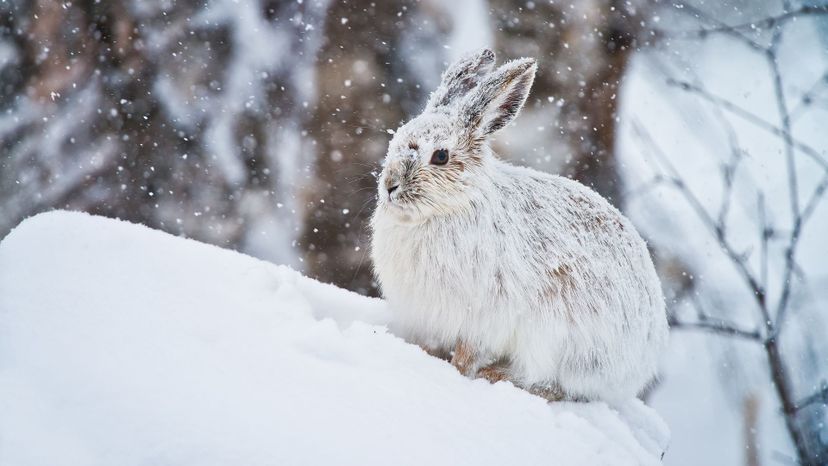
The snowshoe hare gets its name from its own large feet, which have adapted to be better suited to running across the snow. In the summer, the hare is actually a brown rabbit while in the winter it turns white to help it camouflage.
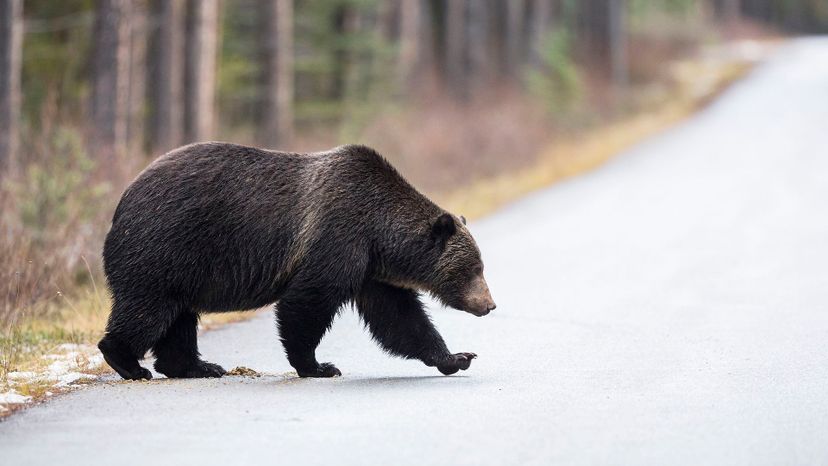
Also known simply as a brown bear, grizzly bears have a fairly stable population in Canada. They’re known for a distinctive hump on their shoulders and have a reputation for being highly aggressive when confronted in the wild, so you’ll want to do your best to avoid them.
Advertisement
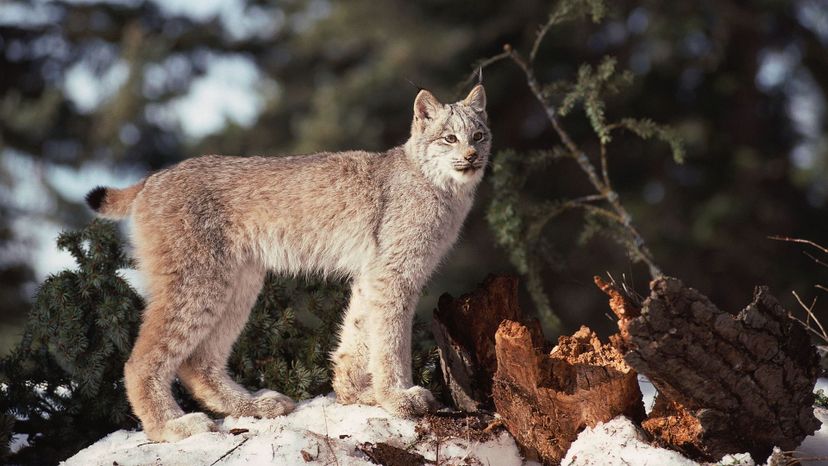
The Canada lynx is a medium-sized cat that can weigh around 40 lbs. When out hunting in the winter, the lynx is known to cover its prey in a layer of snow so it can come back to it at a later time.
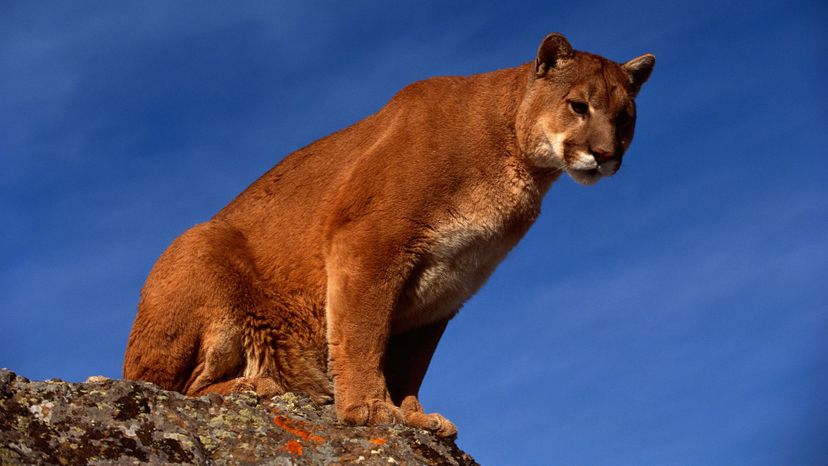
The North American cougar is a very big and intimidating kitty. These cats can run up to 35 mph and can weigh around 175lbs. They’re known by many names including mountain lion and puma.
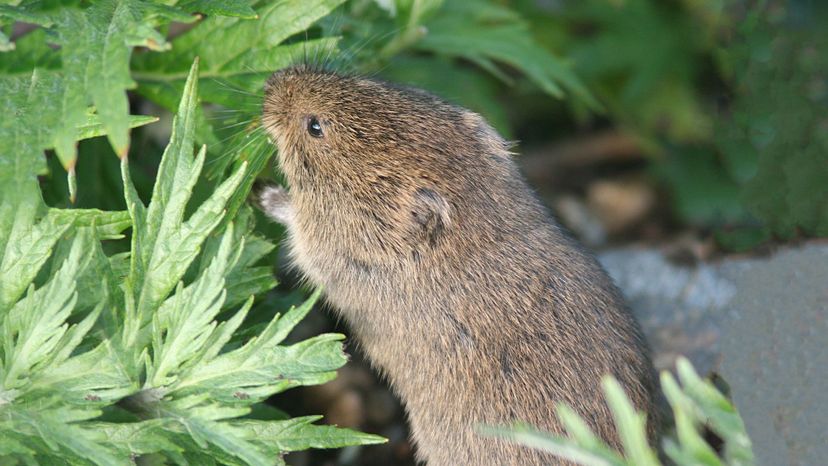
In Europe, these animals are known as root voles. They will store food in their burrows, especially things like licorice root, which is where their other name comes from.
Advertisement
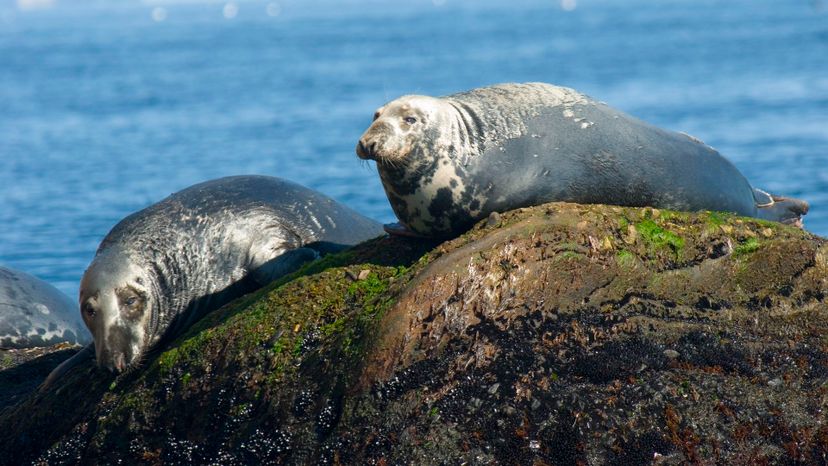
A grey seal will weight about 35 lbs when it’s first born and will gain three pounds per day during its first three weeks of life, just from being fed by its mother. After only a month, the little seal is ready to go off on its own.
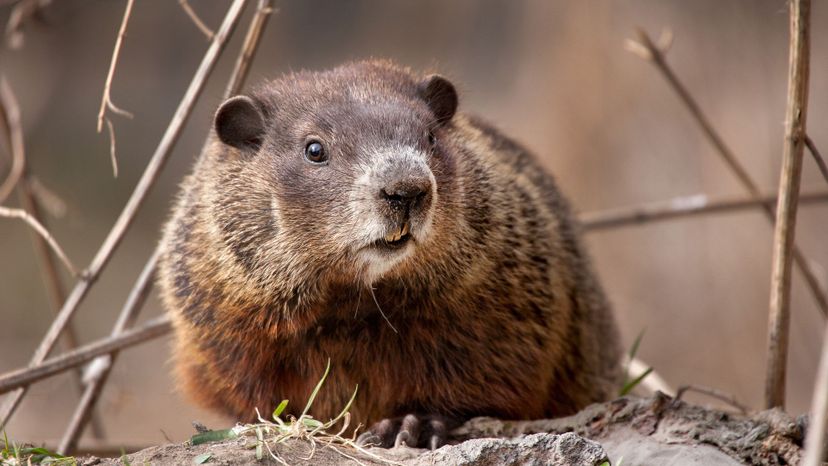
Groundhogs can be found all over Canada and are probably the most famous kind of ground squirrel thanks to the holiday that’s named after them. Canada also celebrates Groundhog Day just like the US but while American Groundhog Day festivities are focused on Punxsutawney, Pennsylvania the Canadian festival takes place in Wiarton, Ontario with their famous groundhog Wiarton Willie.
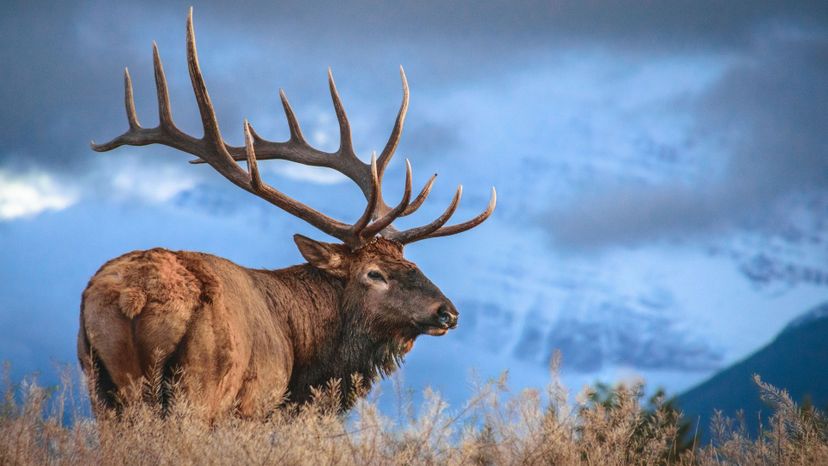
An elk can grow to around 5 feet at the shoulder and weigh over 1,000 lbs. They are herd animals and some herds can be quite large containing hundreds of members. Some herds are even matriarchal, run by a single female member.
Advertisement
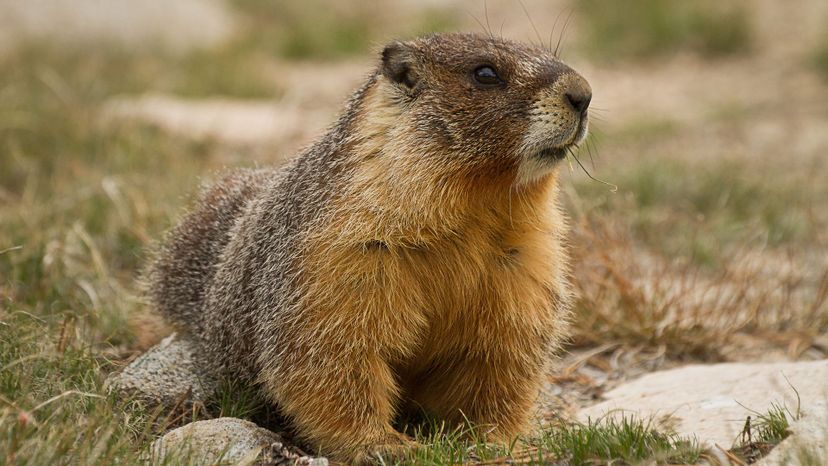
Yellow-bellied marmots are near-sighted animals that can’t see very well but have excellent senses of hearing and smell. They are excellent burrowers and are known for making fairly complex burrow systems that will be made of a network of tunnels and emergency exits to help them escape predators.
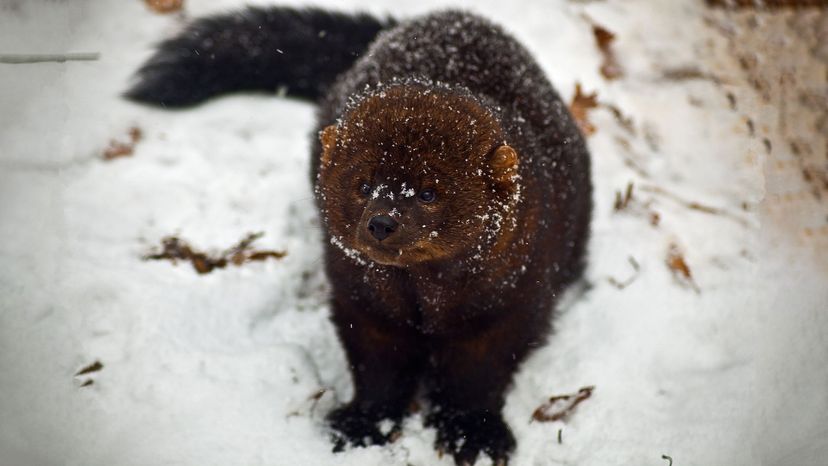
The fisher hunts a variety of prey including rabbits, rodents, and birds. In fact, the fisher is one of the rare animals that will prey on porcupines. Why are they called fishers? It comes from the word “fitch” which was a reference to the European polecat, which the fisher resembles.
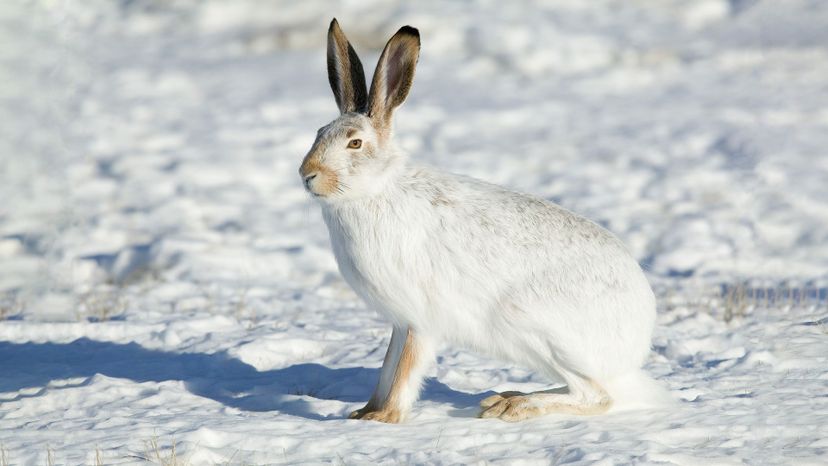
The white-tailed jackrabbit is one of the largest rabbits found in North America. They’re known for being very fleet of foot and can run in bursts of up to 40mph, which is usually enough to help them escape most predators.
Advertisement
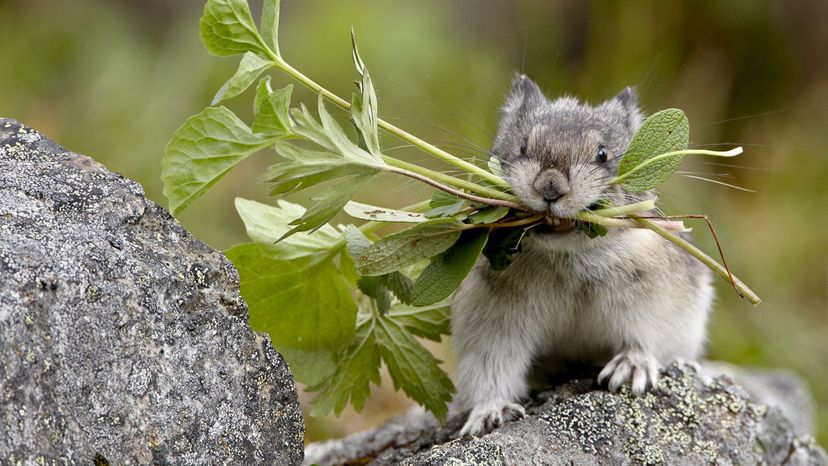
The collared pika lives in rocky, mountainous regions around boulders which offer the animal cover. Their name comes from patches of pale fur found around the nape of their necks and shoulders which make them look like they’re wearing a collar.
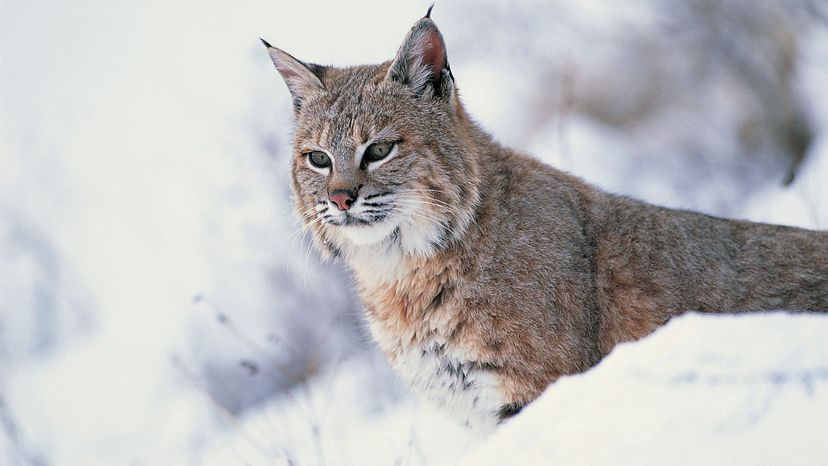
Bobcats get their name from their tails which, unlike most cat species, are rather short. The short, stubby appendage was referred to as being “bobbed” and that’s where the name came from.
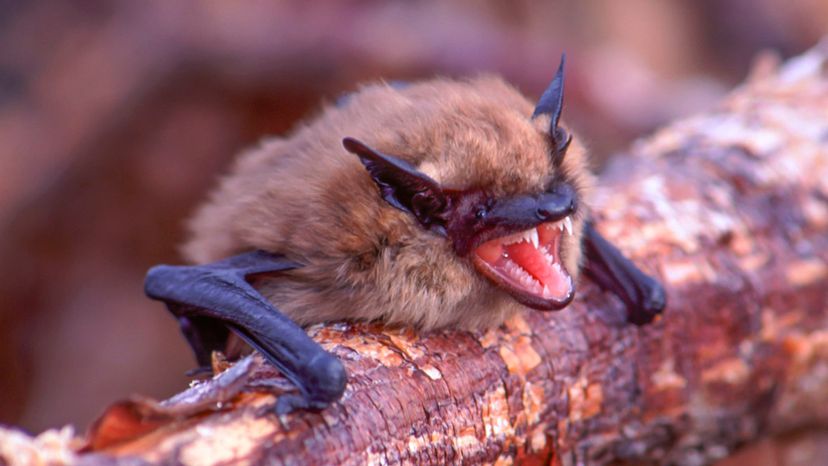
Little brown bats used to be considered one of the most common bat species in North America and was not at risk until a disease called “white-nose syndrome” was discovered in the bats. The fungal illness has killed off millions of the bats in the last decade.
Advertisement
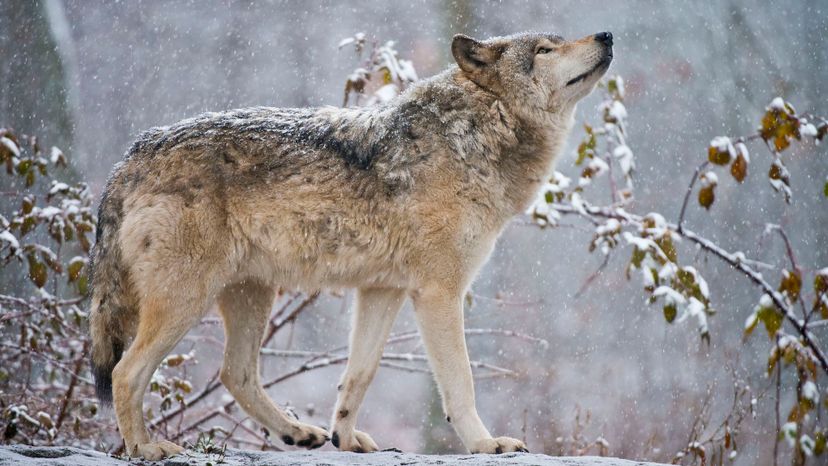
Wolves are the largest member of the canine family and are incredible hunters. In a single feeding, an adult wolf can consume as much as 20 lbs of meat.